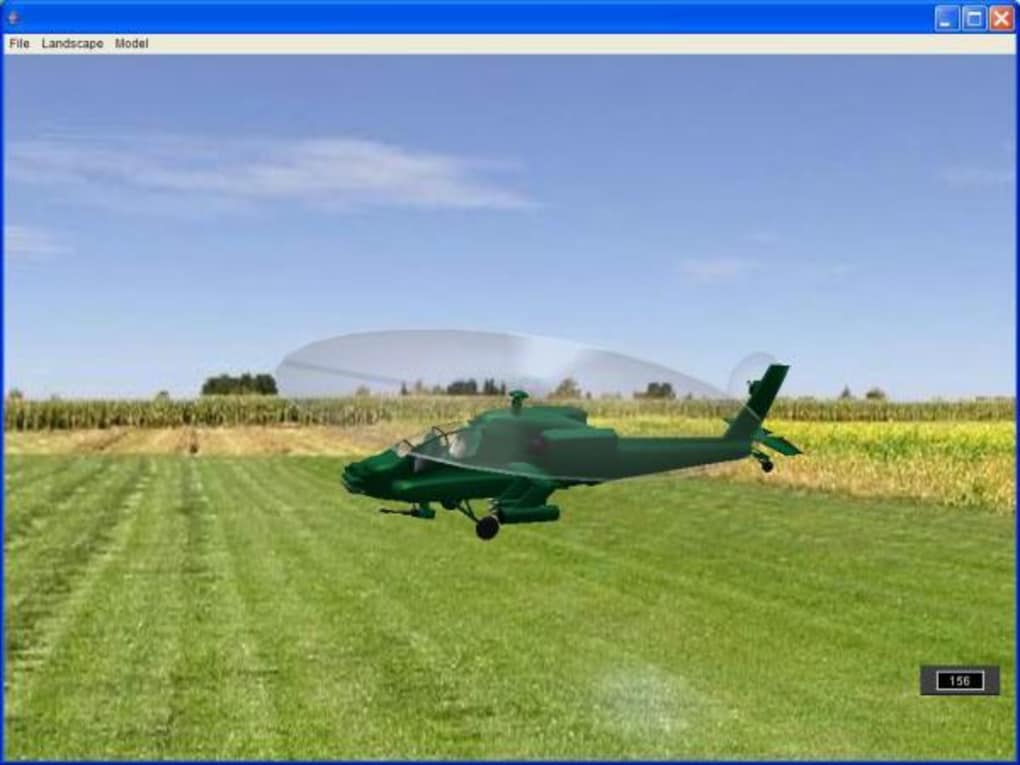

This is probably the least scientific part of the movie. But hey, at least it's out of the way nice and early. “Dust storms certainly do occur on Mars, they get winds in excess of 100 mph (160 km/h),” Dave Lavery, Program Executive for Solar System Exploration at NASA headquarters and a consultant for the film, told IFLScience. “But a 100 mph wind on Mars, because the atmosphere is so thin, has the same inertia and dynamic pressure down at the surface as about an 11 mph (18 km/h) wind on Earth.

It’s not going to have the sort of energy to move large objects the way that is portrayed in the book and the film.” To be fair, Andy Weir readily admits the dust storm was used simply to move the plot along and leave Mark Watney stranded on Mars. But hey, we’re not letting him get off scot-free. Perhaps one of the best factual aspects of the film is the accuracy of the travel time between Earth and Mars.

While some science fiction films have the characters whizzing from point to point, "The Martian" reveals the brutal reality of spaceflight: It would take about eight months to get to or from Mars with current technology. “This is not just a story, the author has done real computations,” Rudi Schmidt, ESA Project Manager for Mars Express and also a consultant on the film, told IFLScience.įuture manned Mars missions will use a constantly orbiting spacecraft akin to Hermes (shown). But would Martian soil actually be of any use? Isn’t it sterile and dead? In the movie, after becoming stranded on the surface, Watney resorts to using a combination of his own excrement, water, and Martian soil to grow potatoes. “In terms of basic mineral content and chemical content, yes it would be possible to grow plants in Martian soil,” said Lavery. “We actually have experiments going on right now using simulated Mars soil, and it indicates that’s a very realistic idea.” Spending any prolonged amount of time in space, we’re talking months or years, runs an increased risk of developing a radiation-related sickness, such as cancer. Modern astronauts stay in the safe confines of Earth’s magnetosphere, while the Apollo astronauts spent just a few days at the Moon.īut on Mars, each Ares crew was spending up to a month on the surface in the movie. It’s likely that the habitat as depicted in the film might be a bit different on a real future Mars mission it might be necessary to partly submerge it in the ground, providing natural protection from radiation. “The reality is I think people will go underground, to protect against radiation from the Sun,” said Schmidt. “The structures will be on the surface, but machines will be used to protect them with Martian sand.”Īnd what about Watney, who spends more than a year on the surface, often with nothing more than his spacesuit for protection? Well, although the radiation levels on Mars are less than expected, it’s possible he would have considerably increased his risk of cancer, although he was unlikely to have experienced any immediate effects during his stay.


 0 kommentar(er)
0 kommentar(er)
